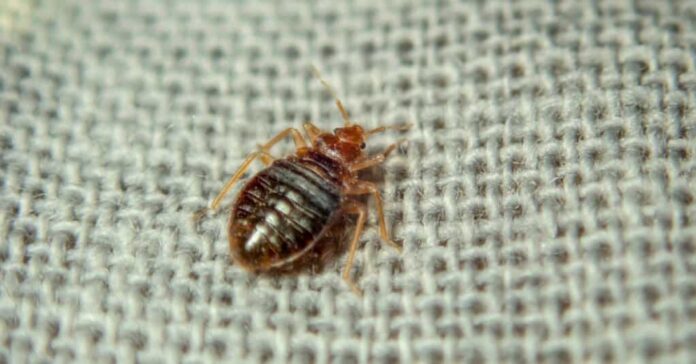
The Cross-Species Battle: Bed Bugs Vs. Cockroaches
When it comes to battling household pests, two of the most formidable opponents are bed bugs and cockroaches. These relentless creatures have been the bane of many homeowners for centuries, and their ability to adapt and survive make them more than just a nuisance. In this article, we will explore the characteristics, habits, and effective strategies to combat both bed bugs and cockroaches.
Bed bugs, scientifically known as Cimex lectularius, are small wingless insects that feed on the blood of warm-blooded animals, primarily humans. Despite their name, bed bugs can infest any area where humans are present. They are reddish-brown in color, flat, oval-shaped, and about the size of an apple seed. Bed bugs are nocturnal creatures, preferring to hide in cracks, crevices, and seams during the day and come out at night to feed on their unsuspecting victims.
Cockroaches, on the other hand, belong to the order Blattodea and are known for their resiliency and ability to adapt to various environments. There are many species of cockroaches, but the most common household ones are the German cockroach and the American cockroach. German cockroaches are light brown with two dark parallel stripes on their back, while American cockroaches are reddish-brown with a yellowish figure-eight pattern on their head. Both species are winged and can fly short distances. Cockroaches are attracted to warmth, moisture, and food sources, making kitchens and bathrooms their preferred habitats.
Now that we understand the characteristics of these pests, let’s delve into effective strategies to eradicate them from our homes.
Bed bugs are infamous for their ability to quickly establish infestations. Since they can reproduce rapidly, early detection is crucial in preventing a full-blown bed bug problem. Regularly inspecting bedding, furniture, and cracks is necessary to catch them early. One effective approach is to encase mattresses and box springs in bed bug-proof covers, which trap any existing bed bugs and prevent further infestation. Professional pest control services often employ heat treatments, specially targeted insecticides, or a combination of both to eliminate bed bugs. Additionally, good personal hygiene practices, such as regularly washing bedding in hot water, vacuuming thoroughly, and minimizing clutter, can help control and prevent bed bug infestations.
Cockroaches, on the other hand, are known for their ability to survive in harsh conditions. To effectively combat cockroaches, prevention is key. It is essential to maintain a clean living environment, reducing potential food sources and hiding places. Sealing cracks, crevices, and other entry points will help prevent their intrusion. Sticky traps, bait stations, and residual insecticide sprays are popular methods for controlling cockroaches. In severe infestations, professional pest control can use more aggressive treatment options like integrated pest management (IPM), which combines various control methods for maximum effect.
In terms of health concerns, both bed bugs and cockroaches are problematic. Bed bugs, as blood-sucking parasites, can cause itchy bites, allergic reactions, and sleep disturbances. Additionally, excessive scratching can lead to secondary skin infections. Cockroaches, on the other hand, are known to carry various bacteria and pathogens. They can contaminate food, utensils, and surfaces, potentially causing diseases such as salmonella and gastroenteritis. For individuals with respiratory conditions like asthma, cockroach allergens can trigger severe reactions.
In conclusion, both bed bugs and cockroaches present significant challenges to homeowners. While bed bugs target humans directly, causing annoying bites and sleep disturbances, cockroaches pose health risks through contamination and allergic reactions to their presence. Prevention, early detection, and professional pest control services are key to effectively combatting these pests. Regular cleaning and maintenance, along with the application of targeted insecticides and other control methods, will help ensure a pest-free living environment.


















